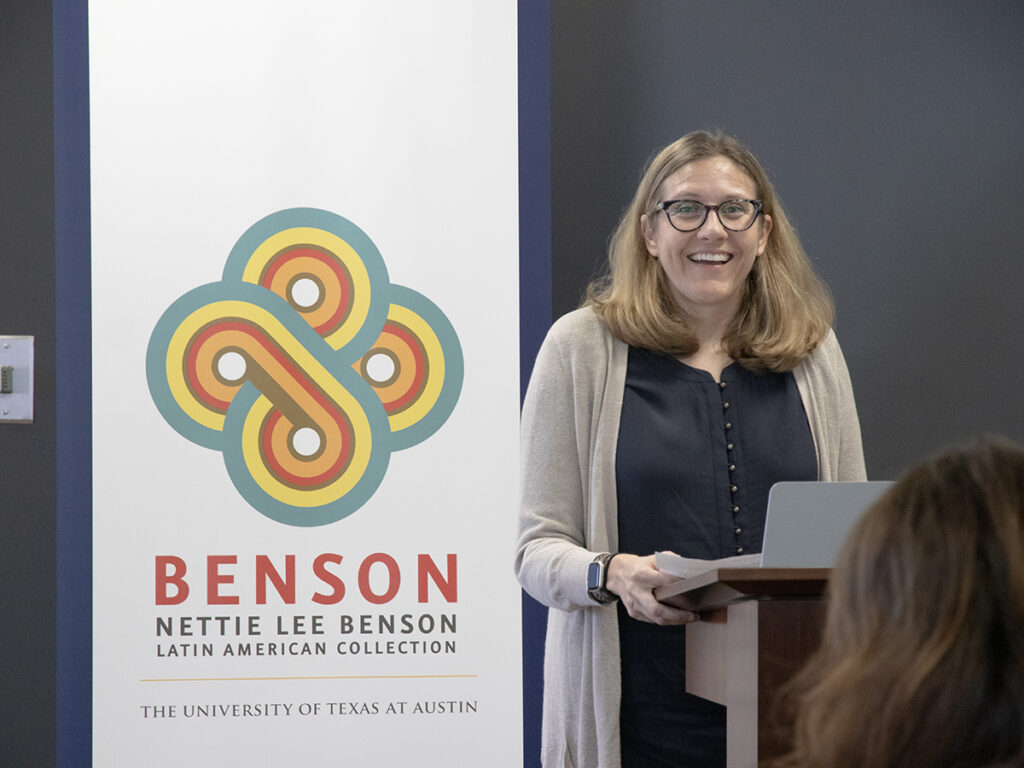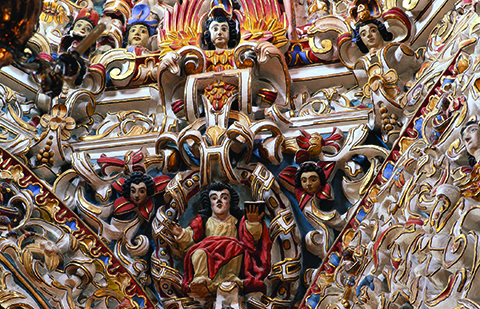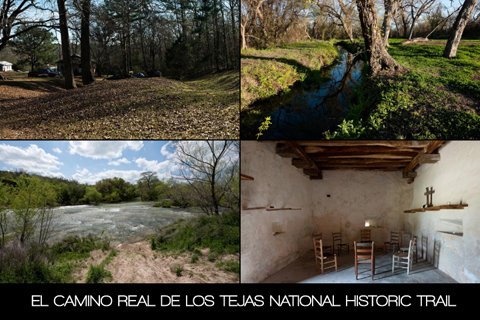An intimate ceremony on April 29 marked the dedication of the Alberto Herrera Fernández Photograph Collection at the Benson Latin American Collection, honoring the life and work of the renowned Mexican photographer. The event, attended by family members, scholars and esteemed guests, served as a recognition of Herrera Fernandez’s impact in capturing the life and culture of Sonora, Mexico through his lens.
The event was largely organized by Blanca Cummins, daughter of Alberto Herrera Fernández and a current Tower Fellow, whose commitment to preserving her father’s legacy was evident throughout the event. Former state historian of Texas – and Cummins’ brother-in-law – Light Cummins described the significance of Herrera Fernández’s photographic legacy and provided historical context for the photographer’s work.
The Alberto Herrera Fernández Photograph Collection, carefully maintained by Cummins’ sister until its transfer to the university, showcases not only the rugged beauty of the Sonoran Desert but also provides a glimpse into the lives of vaqueros and copper miners in Cananea, Sonora. Herrera Fernández’s lens documented the essence of artistic communities, daily life, religious leaders and governmental figures, painting a vivid portrait of the region.
The bulk of the collection is comprised of 60,000 photographic slides, prints, and negatives (~23 Linear feet). In addition to the photographic materials, the collection boasts a selection of ephemera, including exhibition write-ups, interviews, recognitions, and correspondence, offering invaluable insights into Herrera Fernández’s enduring legacy as a photographer. The breadth and depth of Herrera Fernández’s work provide a unique perspective on Sonora, filling a critical gap in the Benson’s holdings.



The dedication ceremony also recognized Blanca Cummins’s tireless efforts in digitizing selected images from the collection. Working diligently in the rare books reading room for months, Cummins meticulously preserved the original order of her father’s archive, ensuring its integrity and accessibility for future generations.






Megan Frisque, Director of the Tower Fellows program, also spoke to the value of the Fellows program, recognizing Cummins as an example of the sort of impact that the participants can have through its access to a world-class lifelong learning experience.














